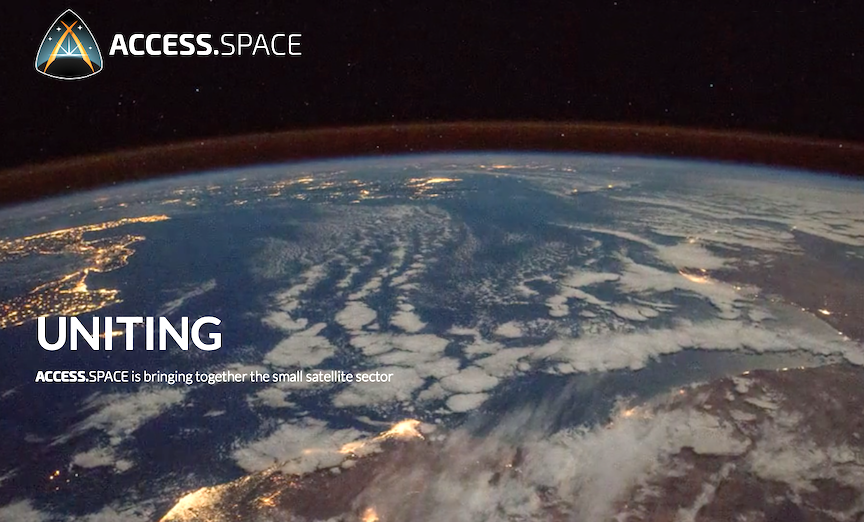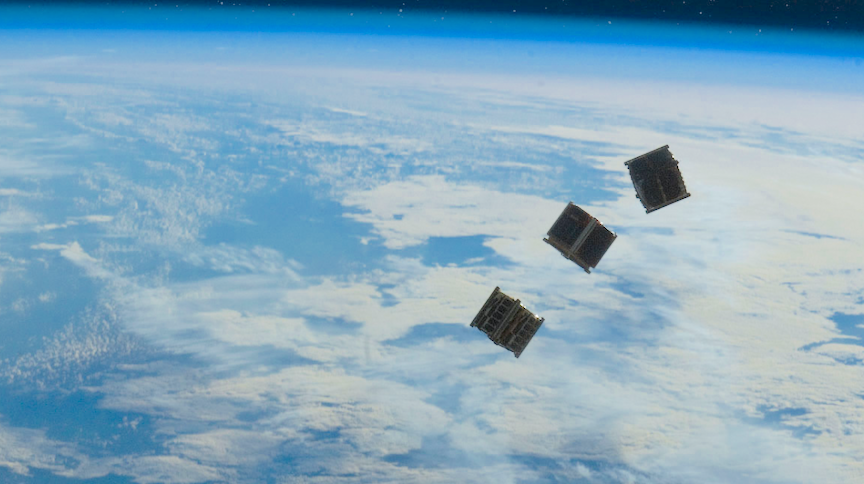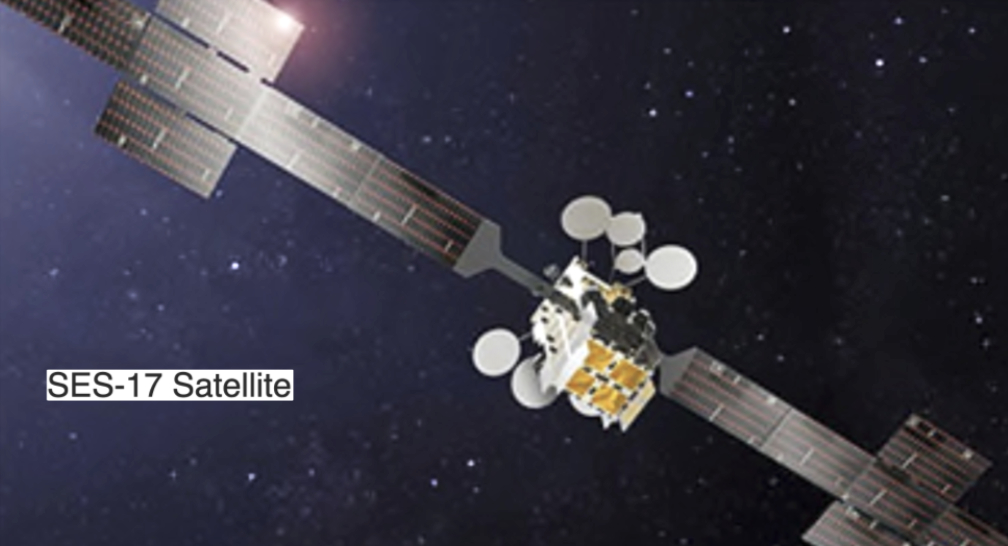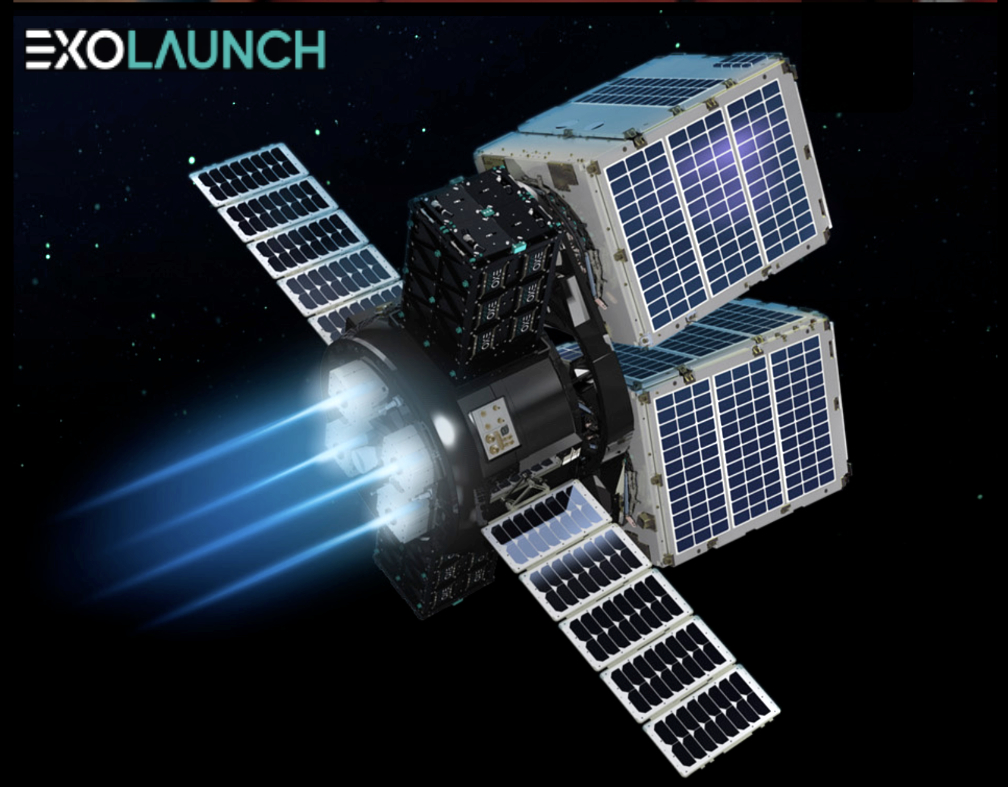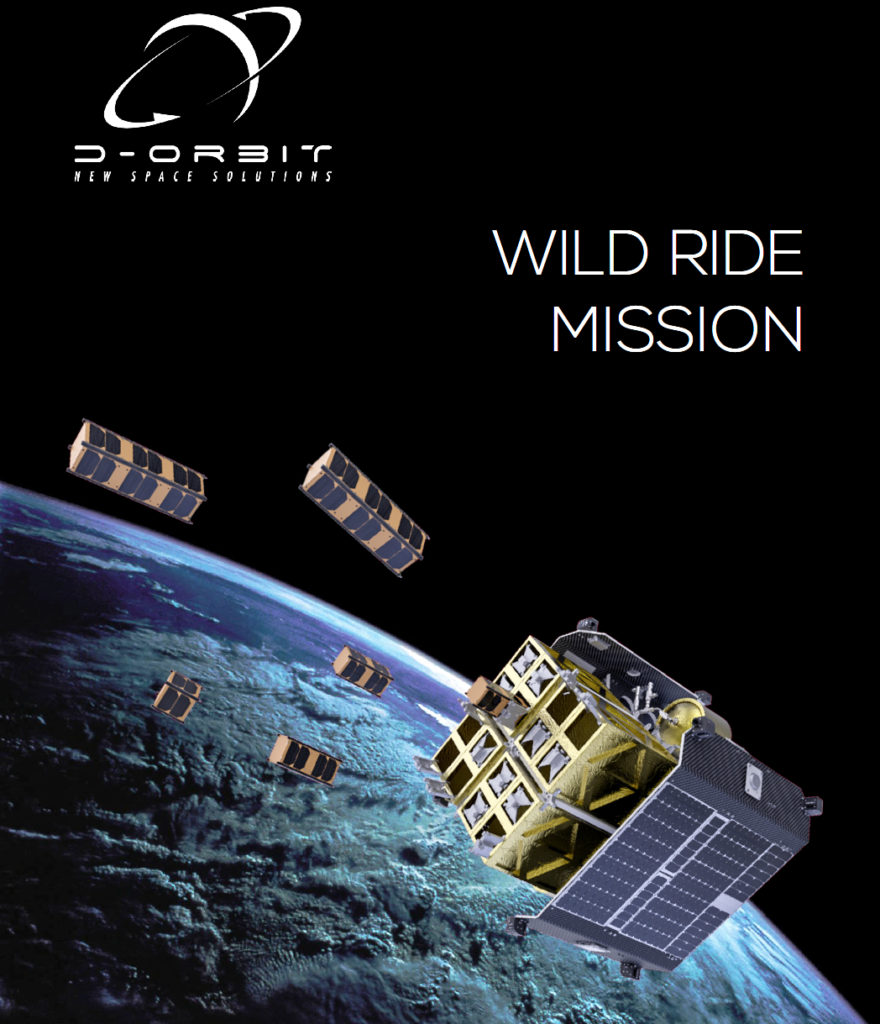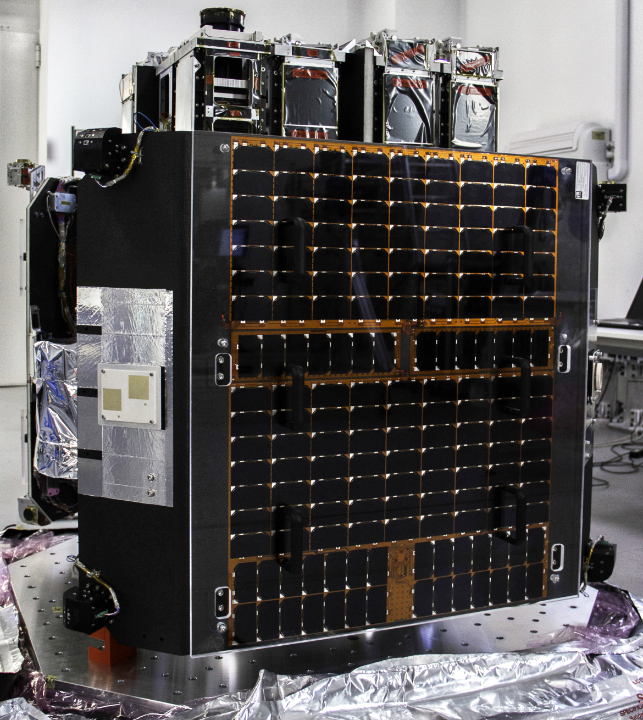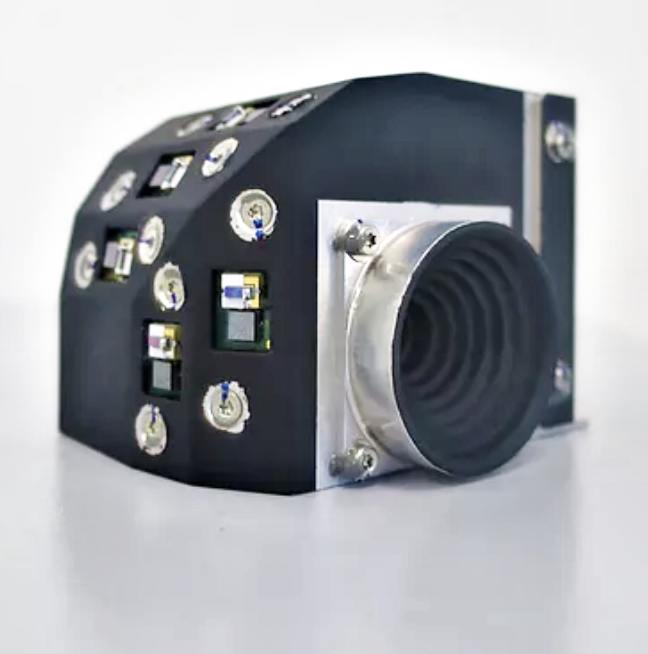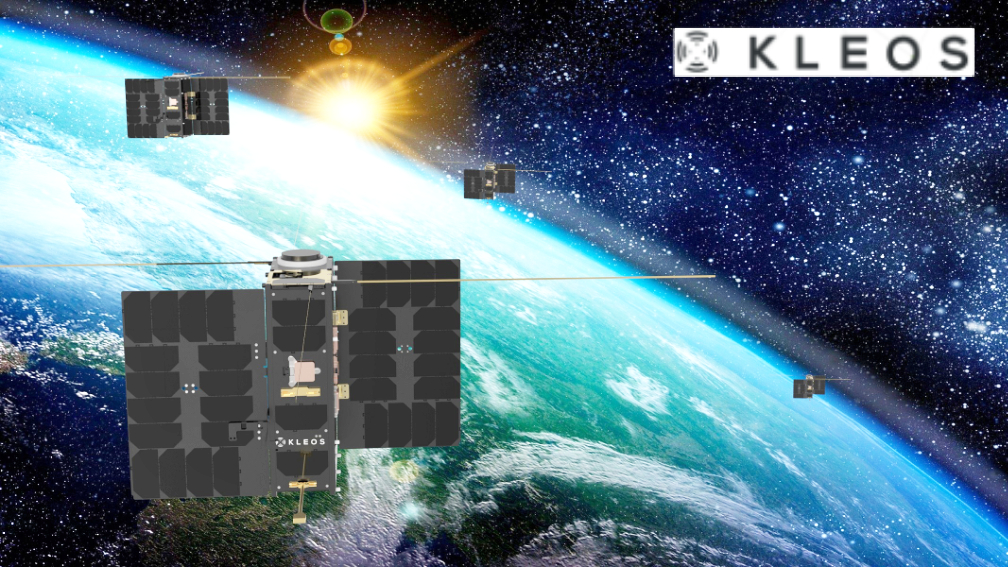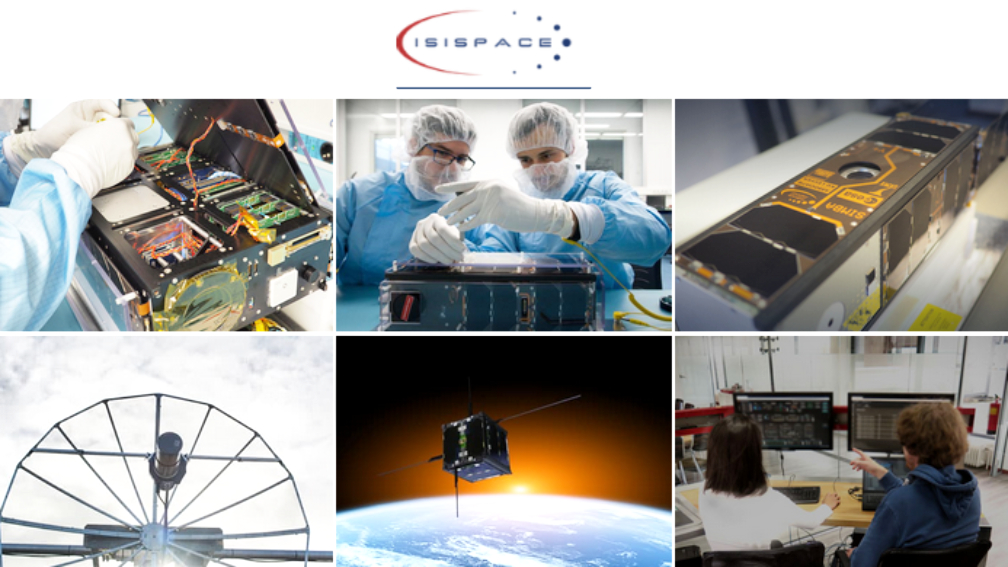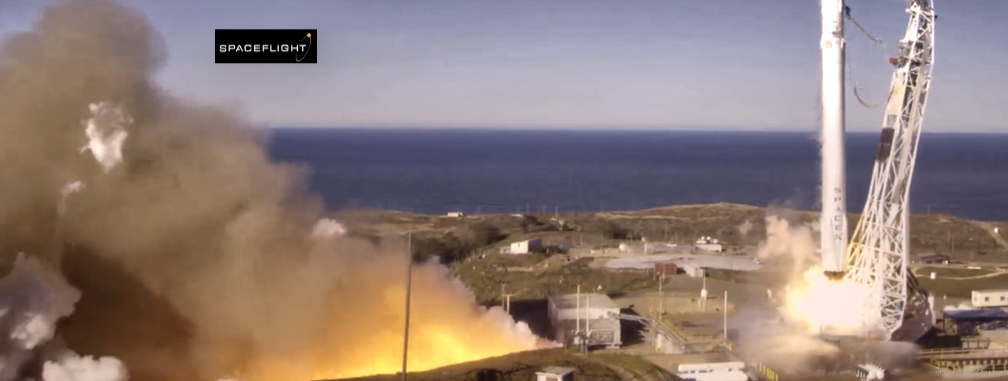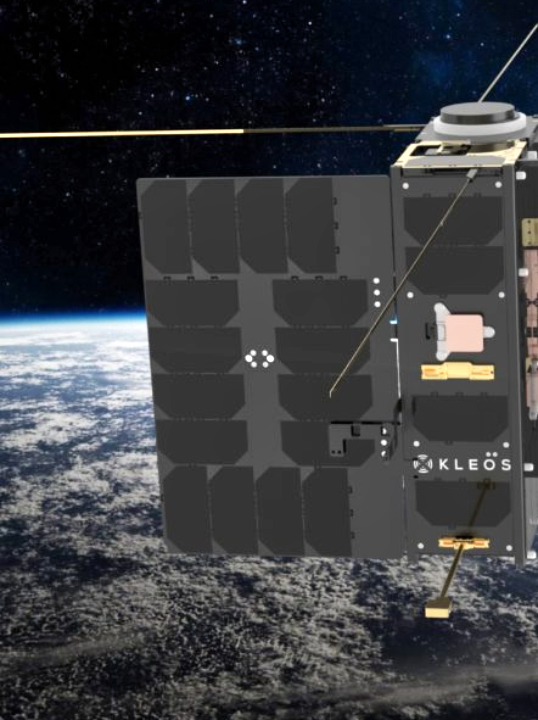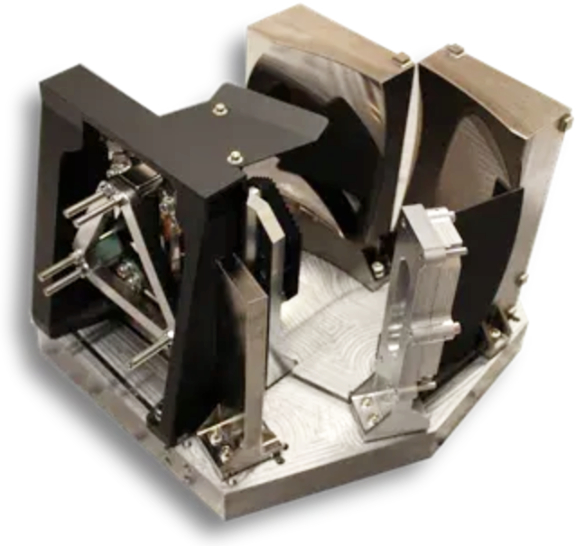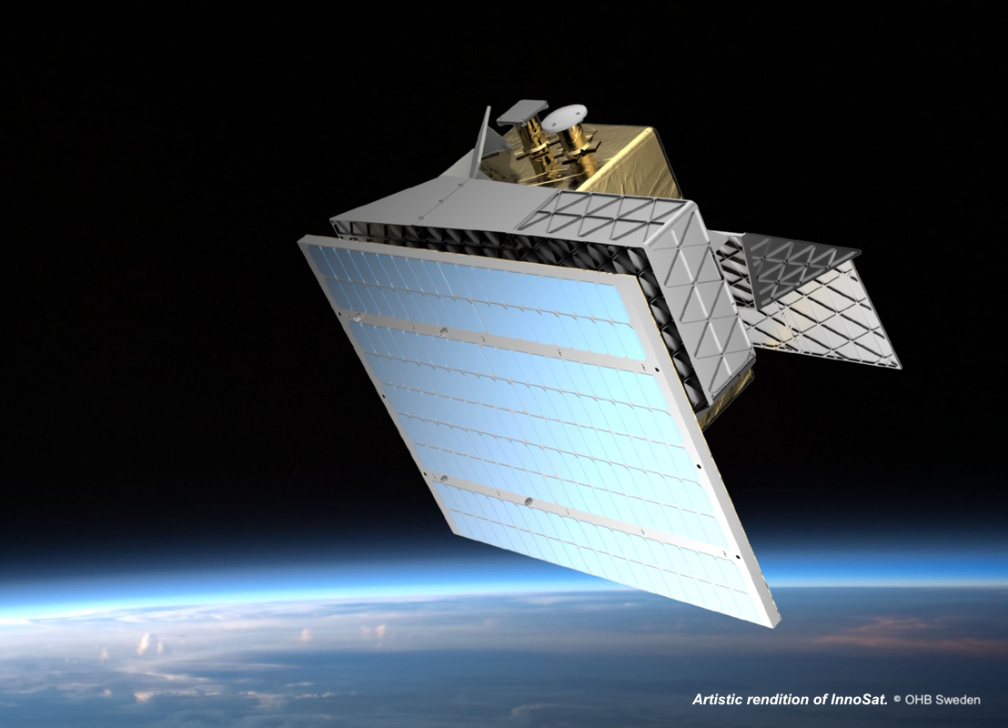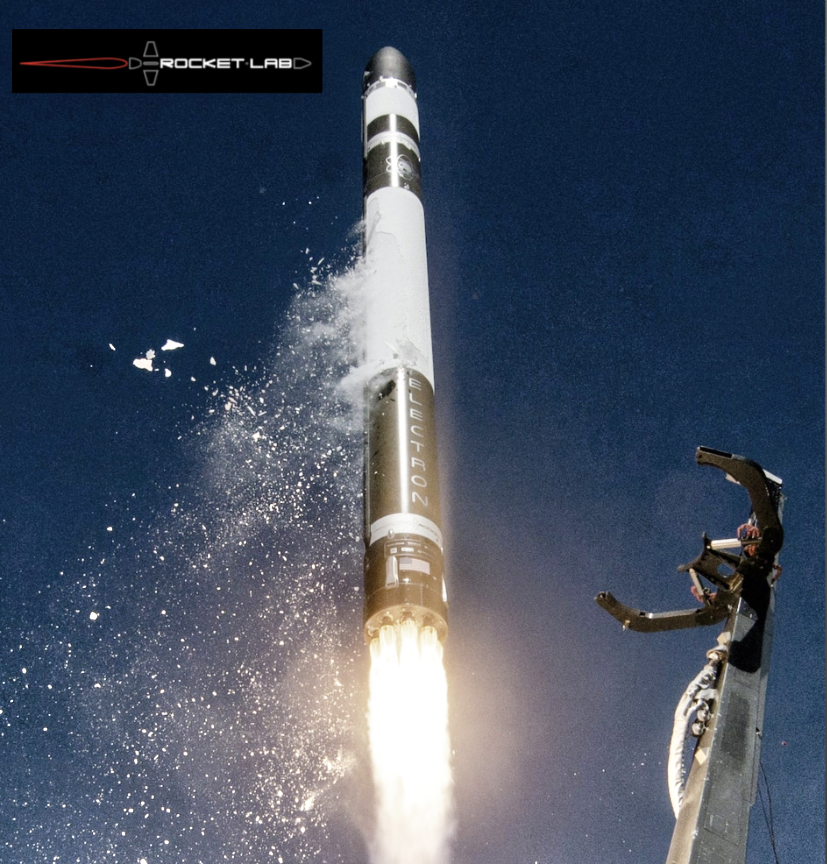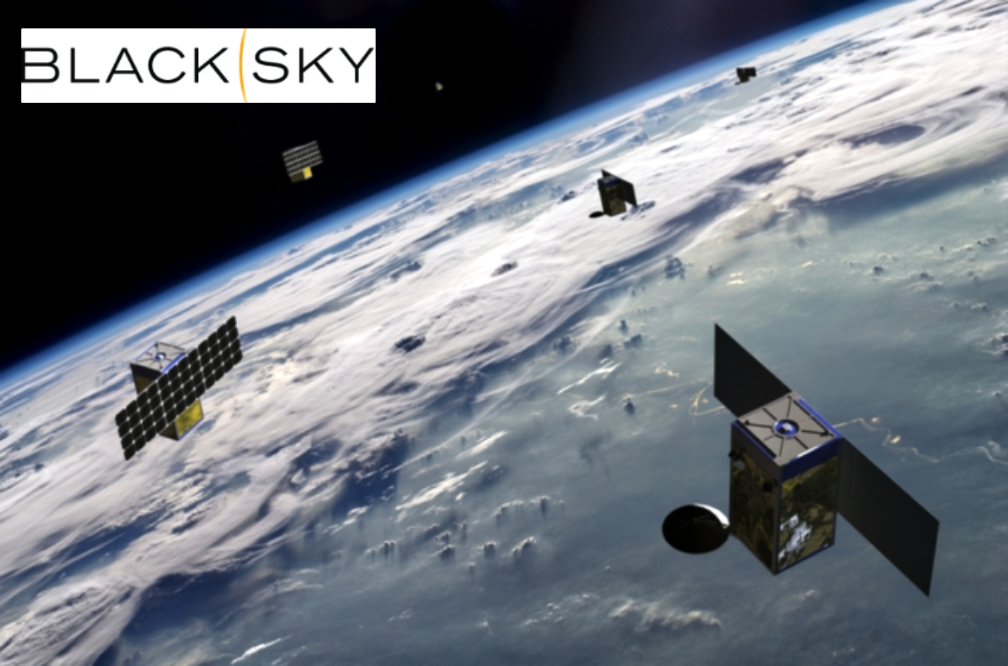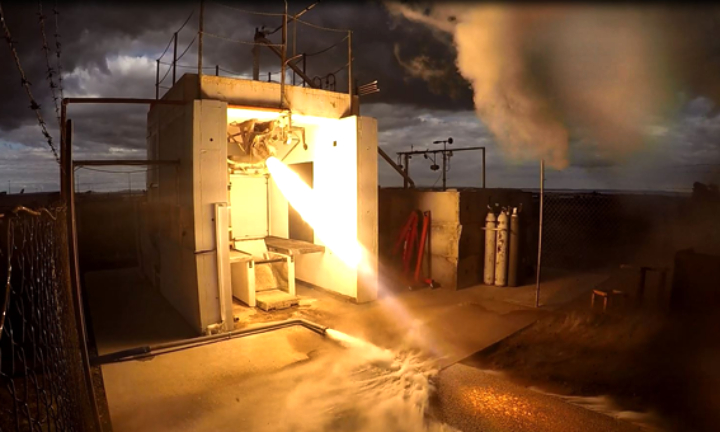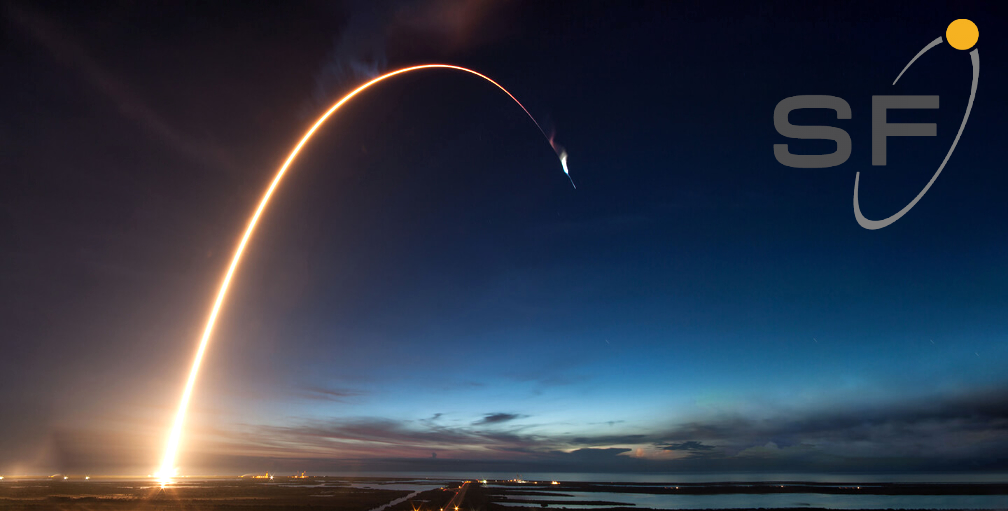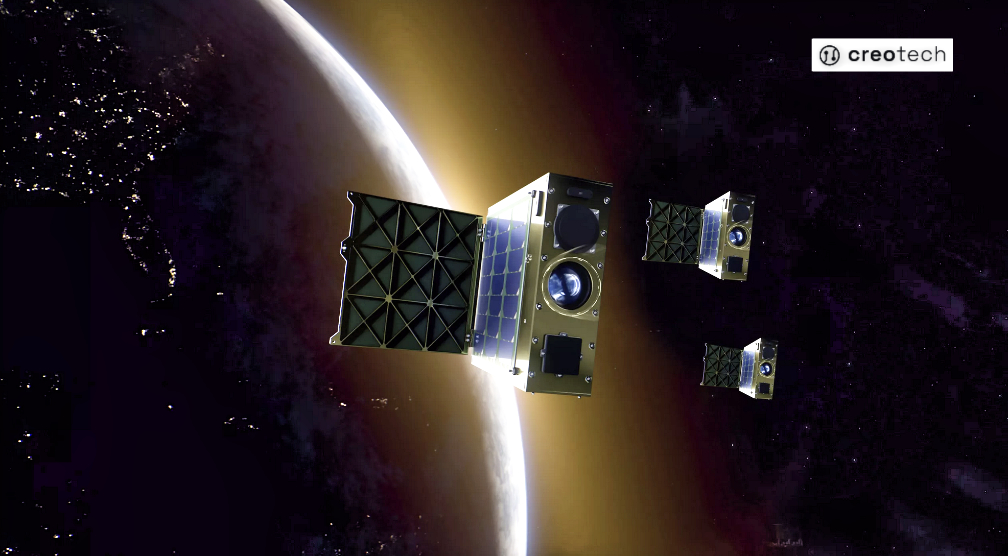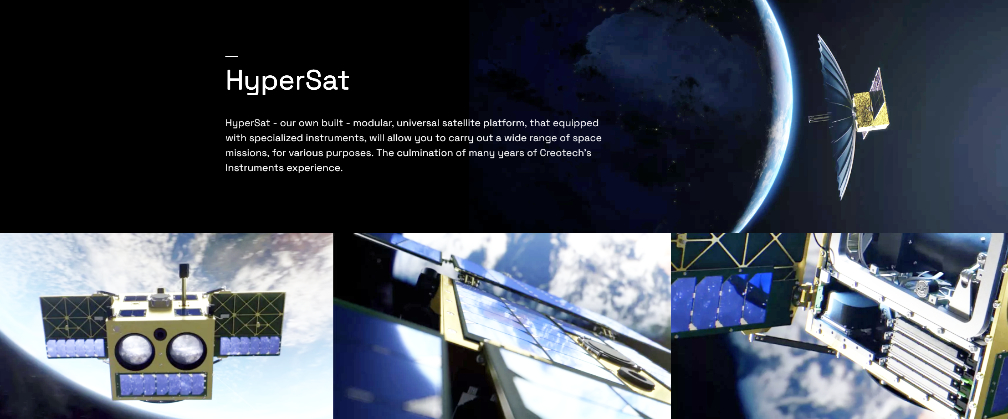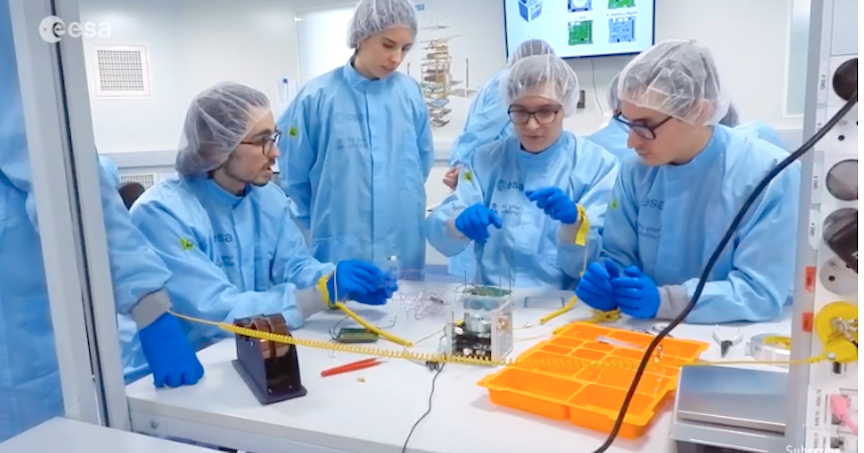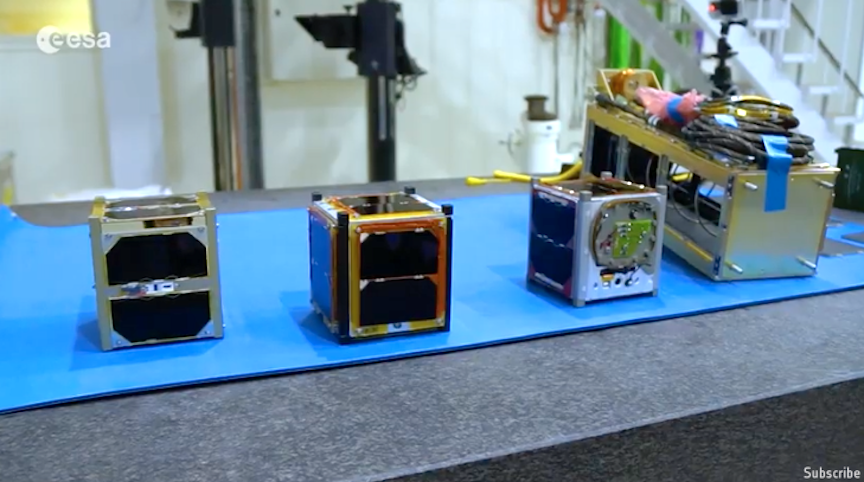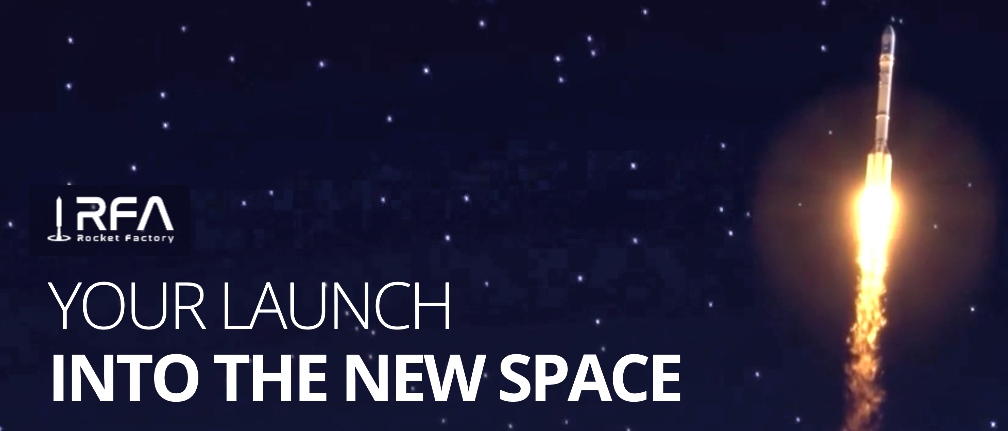
Dr. Stefan Tweraser has been named as the new Chief Executive Officer (CEO) of Rocket Factory Augsburg AG (RFA) as of October 1, 2021 — he will support RFA in driving the continued company’s growth.

Previously, Stefan Tweraser was responsible for the DACH region at Google, and worked at the music streaming service Deezer, at the startup Snapshot and at consulting firm McKinsey & Company. With a doctorate in economics, he brings a wealth of experience from various industries where he drove innovative and future-oriented developments in management positions.
Given the rapid technological advances, increased success in the market and strong growth in personnel, the Executive and Supervisory Board of RFA believe that now is the correct time to complement and broaden the Executive Board.
Dr. Stefan Tweraser said, “The commercial use of space will change fundamentally in the coming decade. New space-based business models are emerging and innovative launch vehicles – with a strong focus on cost and customer orientation – are a cornerstone of this positive dynamic. RFA has made great strides by combining cutting-edge technology with innovative manufacturing processes. The team has also already succeeded in developing a promising commercial pipeline. I am very excited to lead RFA – together with the Executive Board and the Supervisory Board – to the next stage of our exciting journey.”
Jörn Spurmann, Chief Commercial Officer, said, “RFA is one of the fastest growing start-ups in the New Space scene. Stefan’s experience in leading large organizations is very valuable for our further development. He has great ideas and approaches on how we will maintain our rapid pace as a growing company and convince more investors of our vision.”
Dr. Stefan Brieschenk, Chief Operating Officer, said, “We are very excited that Stefan has decided to take on the position as CEO of RFA. Under his leadership, we will further professionalize RFA’s processes and structures. This will help us to transform our rapid technological progress into a sustainable business model.”
Rocket Factory Augsburg was founded in 2018 with the mission to significantly reduce launch costs in the space industry. The company’s goal is to develop a launch vehicle prototype by the end of 2022 which can launch satellites into LEO on a weekly basis at unmatched prices. The RFA ONE launch vehicle combines three key competitive advantages: a highly cost-efficient architecture using industrial automation and lowest-possible development costs, precise in-orbit delivery by its orbital stage, and superior propulsion systems using staged combustion.
